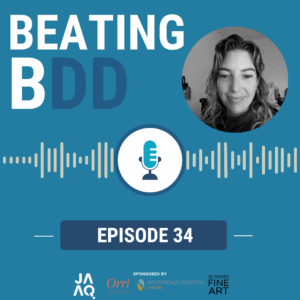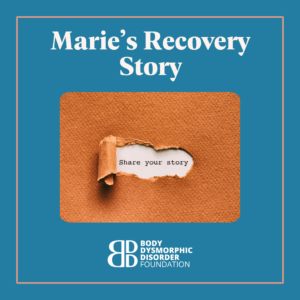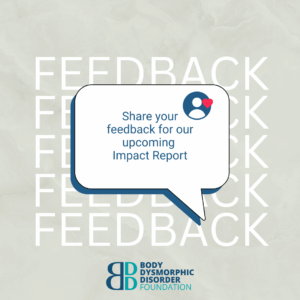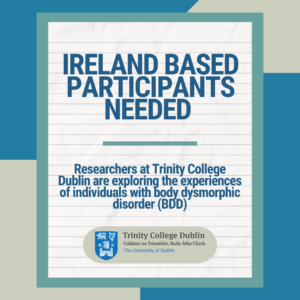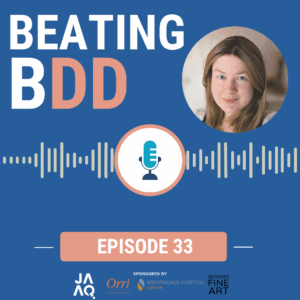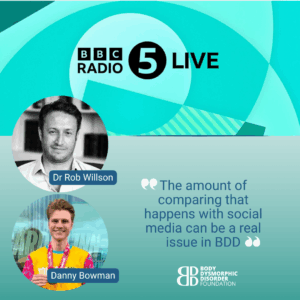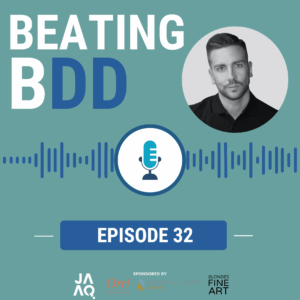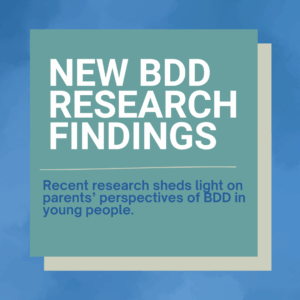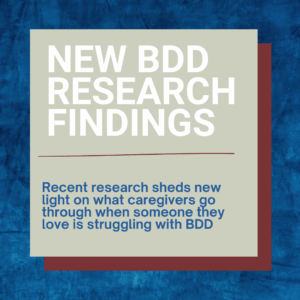on BBC Bitesize
“When I was a teenager, I discovered make-up, but it was camouflage, a mask…”
When she was at primary school, Alex (not her real name) remembers the teacher asking the class what they would do if they won the lottery. “Go on holiday!” “Buy my mum a present!” were typical answers, but all Alex could think about was how she would use the money to fix her appearance, which she describes as “horrific and abnormal.” It wasn’t until years later that Alex was referred to a psychologist, who told her she had body dysmorphic disorder and that together they could beat it.
Body dysmorphic disorder (BDD) is a mental health condition. It causes people to worry excessively about what they think are flaws in their appearance, even though these flaws might not be noticeable to other people. BDD affects both men and women and can affect people of any age, but is most common in teenagers and young adults. It’s usually treated with a type of talking therapy called Cognitive Behavioural Therapy, which is sometimes used alongside an antidepressant medication.
As a teenager, Alex got to the point where she couldn’t leave the house without three layers of make-up, if she could leave at all. She spent a lot of her adolescence indoors.
Alex is now 25 years old and has been in treatment for body dysmorphic disorder for over six years. She has learnt that when thinking about herself, she should always think first about who she is on the inside, not what she looks like on the outside. “I’m not blowing my own trumpet,” she says, “but I can be quite funny…”. Alex has realised that she has lots of beautiful qualities and although she still battles every day with feelings of low self-worth, she feels her condition is slowly improving. “I just carry on,” she says, “because I’m going to win the war eventually.”
More stories from the community
